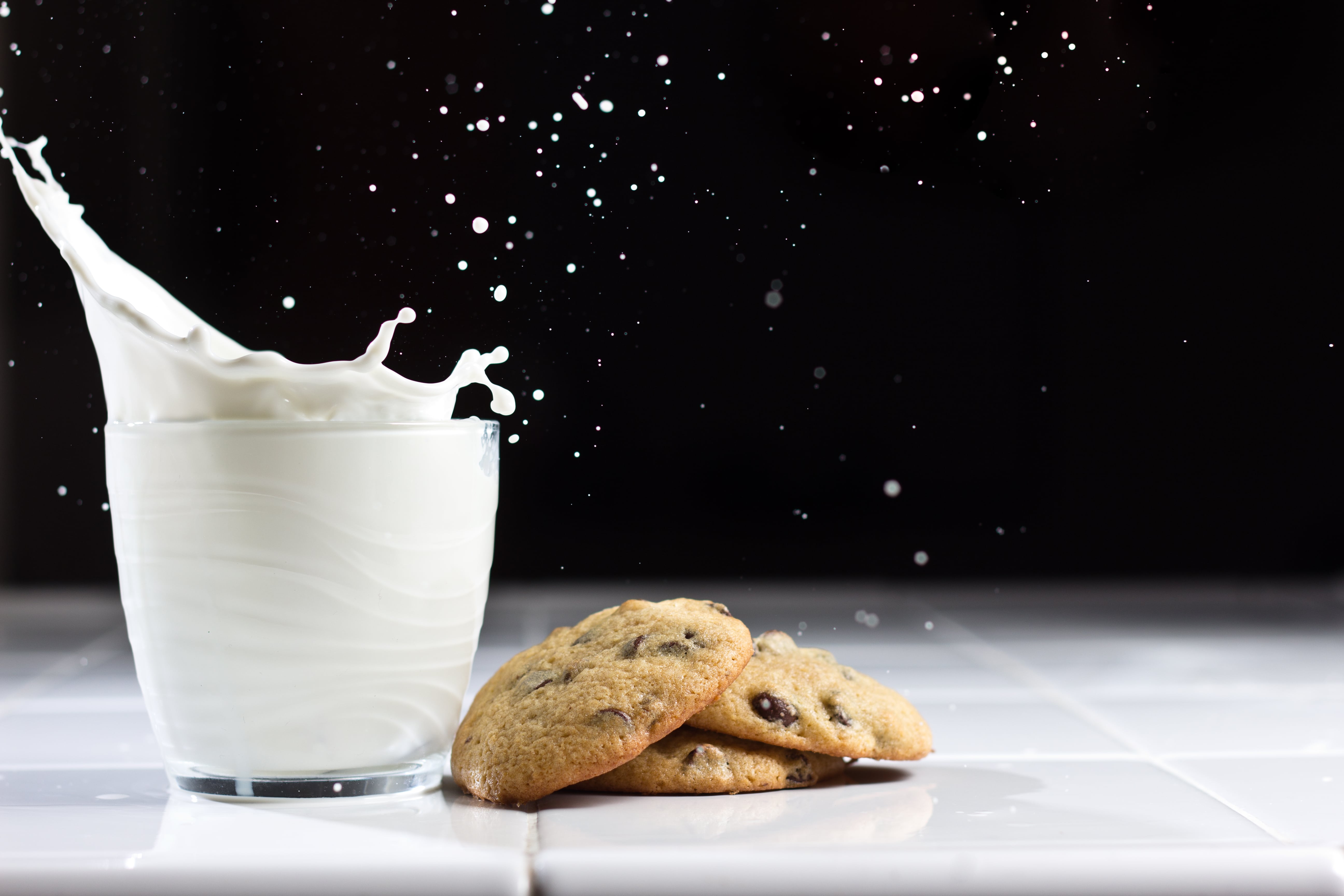As your baby hits the one-year mark, you may consider making the transition to milk or a milk alternative. In this age of allergies and sensitivities, it’s important to be smart about how and when to introduce milk.
We at GHT recommend drinking milk alternatives, like almond milk, rice milk, or coconut milk. These kinds of milk are usually fortified with vitamins and protein, though you may need to beef up protein consumption elsewhere in your kid’s diet.
Make the Transition to Milk
- Wait until your baby is 12 months old.
Babies have underdeveloped digestive systems, so you should wait until they can digest milk properly. Otherwise, you can place too much filtering responsibility on your baby’s kidneys.
- Start introducing the taste of milk or milk alternative by mixing it with your child’s formula or breast milk. Try 1 part regular milk to 3 parts of formula or breast milk.
- Introduce milk in one- and two-week intervals
Watch for signs of allergy.
- Provide 2-3 cups per day
The AAP recommends that kids get two cups of cow’s milk a day for vitamin D, calcium, vitamin A, proteins, and lactose. You can think of alternative milk similarly.
However, don’t overdo it. Kids that drink too much milk are at a higher risk of obesity. Also, we know that milk and milk alternatives tend to suppress appetite. Don’t suck up too many calories with milk that you can use for other foods, such as fruits, and veggies. Children that are overweight or have a risk of obesity should consider limiting milk intake or choose low-fat or no-fat options.
- Drink organic
The best way to make sure your milk is free of hormones or other additives is to buy organic! The same goes for milk alternatives.
- Iron-deficiency
Cow’s milk contains very little iron, so be sure that your child gets plenty of iron in their diet through milk alternatives, other foods, or supplementation.
- Drink other stuff, too!
Be sure that your child is drinking plenty of other fluids, especially water.
- Consider goat’s milk
It is easier to digest! Also, check out our Goat Milk Formula blog.
- Transition formula
Try purchasing a transition formula designed to help your child transition to milk or a milk alternative from their usual formula or breast milk.
What if we don’t drink milk?
Good for you! An increasing number of families are becoming vegan or dairy-free. Try almond milk, rice milk, or coconut milk for your little one. In order to meet your child’s needs without using cow’s milk, you may need to consider supplementation. Consider Vitamin D, Iron, and calcium supplement, or fortified milk alternatives. Be sure to consult your healthcare practitioner about how to make sure your child is getting the nutrition they need.
Transition to Milk: The Difference Between a Milk Allergy and Lactose Intolerance
Lactose intolerance is a condition that affects the digestive system. It occurs when your small intestine doesn’t produce enough of an enzyme (lactase) to digest milk sugar (lactose). People who are lactose intolerant can often tolerate some small amount of lactose without having any symptoms. Lactose intolerance usually develops during adolescence or adulthood. Symptoms can include bloating, diarrhea, or gas after dairy consumption.
A milk allergy, on the other hand, is an immune response to milk proteins that will usually become clear within the first year of life. Symptoms of a milk allergy will manifest a few minutes to a few hours after the dairy product is consumed. If you are breastfeeding and your child is exhibiting signs of milk allergy, try cutting dairy out of your own diet. Look for formulas that contain no milk products. If your child is over 12 months, try eliminating all dairy from their diet. The best way to avoid milk allergies with your child is to breastfeed. The AAP reports that breastfeeding for at least four months “can prevent or delay the development of allergies to cow’s milk.”
Symptoms of a Milk Allergy
- Blood in stool
- Diarrhea
- Vomiting
- Respiratory symptoms (breathing difficulty, wheezing, rash on mouth/chin, runny nose, cough)
If your child is struggling to breathe or having difficulty swallowing, bring them to the nearest emergency room in case of a life-threatening allergic reaction.
For comments or questions on the transition to milk, respond to this blog or contact us!





